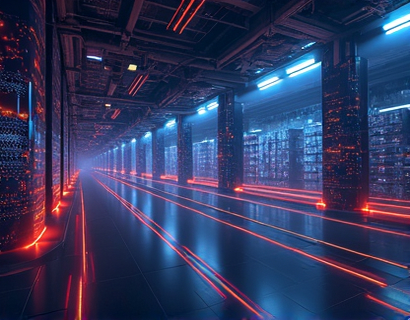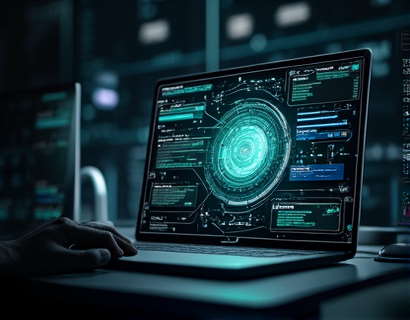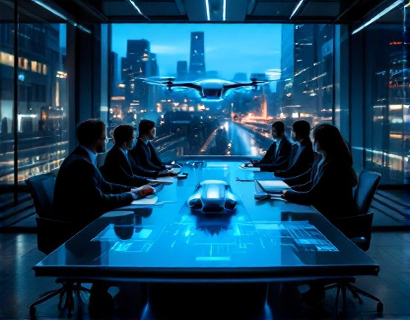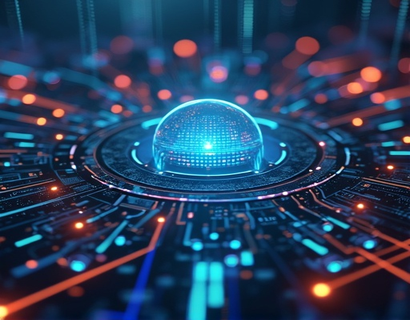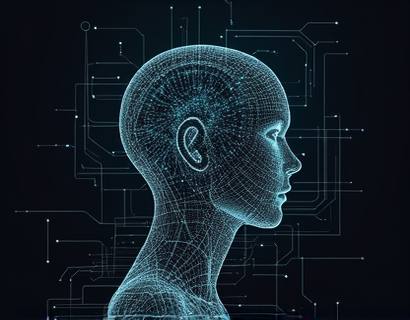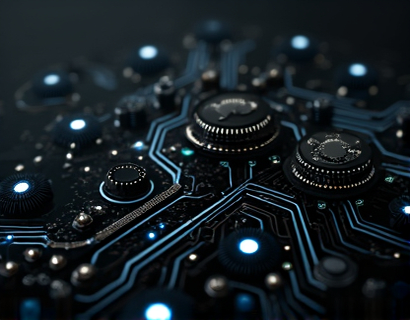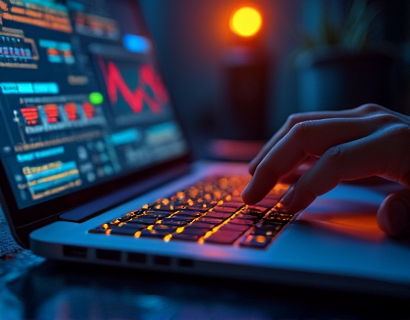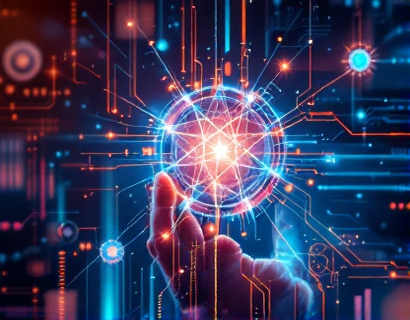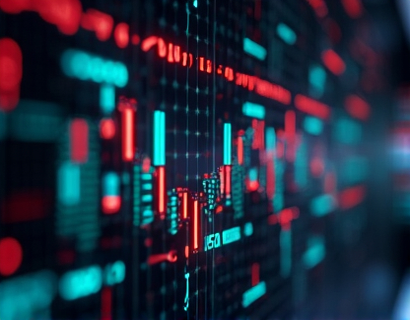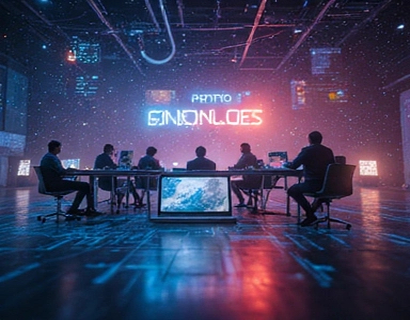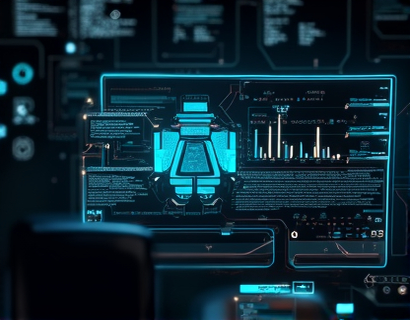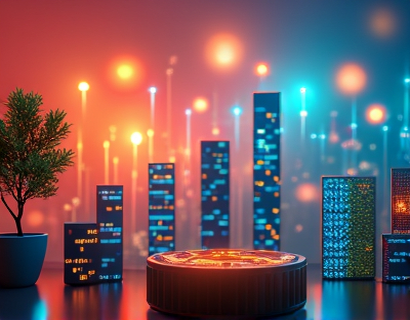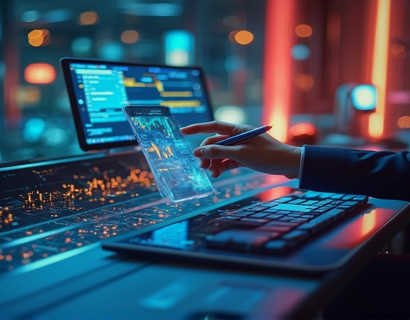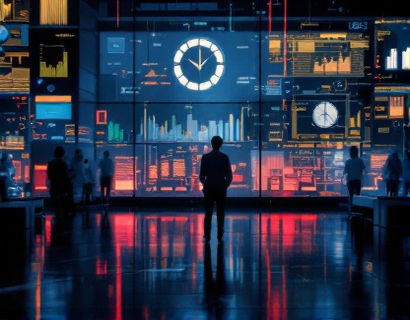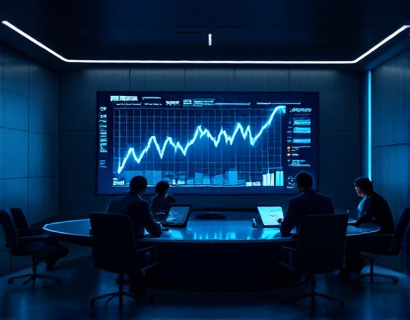Crypto AI Dynamics: Transforming Decentralized Applications and Services
The intersection of cryptocurrency and artificial intelligence (AI) is giving rise to a new era of decentralized applications and services. This fusion is not just an evolution but a revolution in the way we perceive and interact with digital technologies. As we delve into the future of decentralized technology, it's essential to understand how AI-driven innovations are reshaping the landscape, offering unprecedented opportunities for tech enthusiasts and professionals alike.
Understanding Decentralized Applications
Decentralized applications, or dApps, operate on blockchain networks rather than traditional centralized servers. This fundamental shift brings several advantages, including enhanced security, transparency, and resilience against censorship. Unlike traditional apps, dApps are not controlled by any single entity, making them inherently more democratic and user-centric.
The core of a dApp lies in its smart contracts, self-executing contracts with the terms directly written into code. These contracts automatically enforce and execute the agreed-upon terms without the need for intermediaries. This not only reduces costs but also minimizes the risk of fraud and errors.
AI in Decentralized Systems
The integration of AI into decentralized systems marks a significant milestone. AI algorithms, particularly machine learning models, can process vast amounts of data efficiently, identifying patterns and making predictions that traditional systems struggle to achieve. When combined with the decentralized nature of blockchain, the potential for innovation is immense.
One of the primary ways AI enhances dApps is through improved data analysis and decision-making. For instance, AI can analyze market trends, user behavior, and network conditions in real-time, enabling dApps to adapt dynamically and optimize performance. This adaptability is crucial in the fast-paced world of decentralized finance (DeFi) and other blockchain-based services.
Enhanced User Experiences
The synergy between AI and decentralized technology significantly enhances user experiences. AI-driven personalization ensures that users receive tailored services based on their preferences and behaviors. For example, a decentralized social media platform could use AI to curate content that aligns with a user's interests, all while maintaining the decentralized and privacy-focused principles of the platform.
Moreover, AI can improve user interfaces and interactions. Chatbots powered by natural language processing (NLP) can provide instant and accurate assistance, reducing the need for human intervention and enhancing user satisfaction. These AI-driven tools can operate seamlessly across decentralized networks, ensuring consistent and high-quality service.
Security and Trust
Security is a paramount concern in the realm of decentralized applications. AI plays a crucial role in bolstering security measures. Machine learning algorithms can detect and mitigate potential threats in real-time, identifying anomalies and suspicious activities that might indicate a security breach. This proactive approach to security is vital for maintaining user trust and confidence in decentralized systems.
Blockchain's inherent transparency, combined with AI's advanced analytical capabilities, creates a robust framework for secure transactions and data management. Smart contracts can be designed to include AI-driven checks, ensuring that all conditions are met before executing a transaction. This dual-layer security enhances the overall reliability of dApps.
Efficiency and Scalability
AI-driven optimizations can significantly improve the efficiency and scalability of decentralized applications. By analyzing network traffic and resource usage, AI can dynamically allocate resources to where they are most needed, reducing latency and improving performance. This is particularly important for dApps that handle high volumes of transactions or data processing.
Furthermore, AI can assist in the development and maintenance of decentralized networks. Predictive maintenance, powered by AI, can anticipate and address potential issues before they become critical, ensuring smooth and continuous operation. This proactive maintenance is essential for the scalability of decentralized systems, allowing them to handle growing user bases and increasing data loads without compromising performance.
Innovative Use Cases
The combination of AI and decentralized technology opens up a myriad of innovative use cases. One prominent area is decentralized autonomous organizations (DAOs), where AI can enhance governance and decision-making processes. AI-driven analytics can provide insights into member behaviors and preferences, helping DAOs make more informed and democratic decisions.
Another exciting application is in the realm of decentralized healthcare. AI can analyze medical data stored on blockchain networks to provide personalized health recommendations and predictive diagnostics. This not only improves patient outcomes but also ensures that sensitive health data remains secure and privacy-preserving.
In the domain of supply chain management, AI can optimize logistics and inventory management on decentralized platforms. By tracking goods in real-time and predicting demand, businesses can reduce costs and improve efficiency. This transparency and efficiency are key benefits of combining AI with blockchain technology.
Challenges and Considerations
While the potential of AI in decentralized applications is vast, there are several challenges that need to be addressed. One of the primary concerns is the computational resource intensity of AI algorithms. Blockchain networks, especially those using proof-of-work consensus mechanisms, can be energy-intensive. Integrating AI requires careful consideration of the environmental impact and the exploration of more energy-efficient consensus mechanisms.
Another challenge is the complexity of integrating AI with blockchain technology. Developers need to possess a deep understanding of both domains to create effective and secure solutions. This requires a skilled workforce and ongoing education and training to keep pace with rapid technological advancements.
Regulatory considerations also play a significant role. As decentralized applications gain traction, regulatory bodies are beginning to take notice. Ensuring compliance with existing laws and regulations while advocating for supportive frameworks is crucial for the sustainable growth of AI-enhanced dApps.
Future Outlook
The future of decentralized technology, powered by AI, is promising and full of potential. As the technology matures, we can expect to see more sophisticated and user-friendly dApps that seamlessly integrate AI-driven features. The convergence of these technologies will likely lead to the creation of entirely new industries and business models, further transforming the digital landscape.
For tech enthusiasts and professionals, this is an exciting time to be involved in the space. The opportunities for innovation and impact are vast, and those who embrace the fusion of AI and decentralized technology will be at the forefront of shaping the next generation of digital solutions.
In conclusion, the integration of AI with decentralized applications is not just a trend but a fundamental shift in how we build and interact with digital systems. By leveraging the strengths of both technologies, we can create more secure, efficient, and user-centric services that redefine the possibilities of what is achievable in the digital world.




